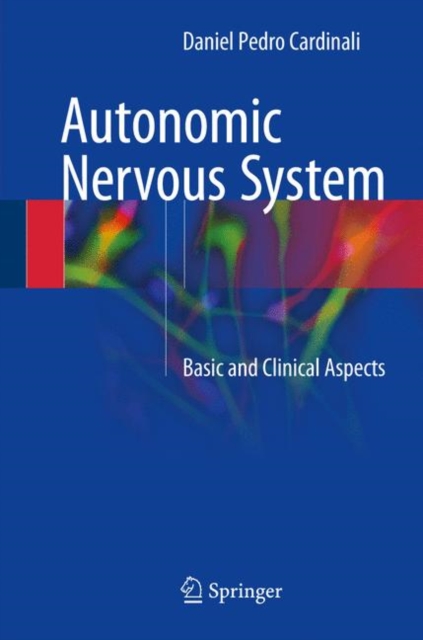CITESTE MAI MULT
Detalii
Descriere RO
This book will discuss the autonomic nervous system (ANS) from both an enlarged and a timed perspective. First, it presents how the organization of the ANS is hierarchical into different levels. Following that, the book discusses how the ANS changes functionally in the three-body configurations (wakefulness, slow sleep, rapid eye movement sleep) found in a 24-hour cycle. Finally, the most important clinical implications of this enlarged and timed vision of ANS will be discussed.
The ANS, in charge of the innervation of smooth muscle of all organs and of the heart, immune tissue and exocrine and endocrine glands, is responsible for regulating the internal environment. Its function is largely independent of voluntary control. A traditional view of the ANS considers only its peripheral part: the sympathetic and parasympathetic systems. However, this view misses to consider comprehensively the most important ANS function: the maintenance of homeostasis. This term is used today to define not only the strategies that allow the body proper response to changes in the environment (reactive homeostasis), but also remarkably developed, temporary mechanisms that allow the body to predict the most likely timing of environmental stimuli (predictive homeostasis based on biological rhythms).
Autonomic Nervous System - Basic and Clinical Aspects
is a comprehensive text intended for medical students and health professionals who are interested in a deeper approach to this important part of the nervous system. It provides a detailed and complete understanding of the neuroscience behind the ANS, allowing a proper clinical applicability of this knowledge.
EdituraSpringer International Publishing AG
Dimensiuni166 x 244 x 23
Data Publicarii25/07/2017
Format
Cartonata
Numar pagini385
Aceasta este o carte in limba engleza. Descrierea cartii (tradusa din engleza cu Google Translate) este in limba romana din motive legale.
Aceasta carte va discuta sistemul nervos autonom (ANS) atat dintr-o perspectiva extinsa, cat si dintr-o perspectiva temporizata. In primul rand, prezinta modul in care organizarea ANS este ierarhizata in diferite niveluri.

